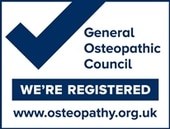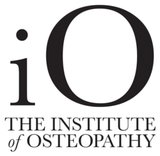Visceral osteopathy
|
There are many intricate mechanicals connections between the organs of the body (the viscera) and the bones and muscles of our back and neck. If these connections become compromised they can contribute to causing pain in the rest of the body.
Visceral restrictions are most commonly involved in the symptoms of: back pain, pelvic pain, neck pain, shoulder pain and some cases of leg pain, including some cases of sciatica. Using safe & gentle visceral techniques, osteopaths can reduce these tensions and help decrease the pain and symptoms. Integrating this approach within a treatment plan is especially important for those who have had thoracic and/or abdominal surgeries (i.e.: C-sections, appendix, gall bladder, Hernia repair, transplants, open-heart surgeries, etc) as surgeries often cause abnormal tension in the surrounding tissues and then in more distant places. |
|
Ideal candidates for visceral osteopathy also include those who have been involved in accidents in the past, especially those involving quick deceleration (whiplash, falls, hard "knocks", etc.), and people for whom other forms of treatment (like massage, physiotherapy, manipulations, Acupuncture, etc.) only provide short-term symptom relieve.
Visceral osteopathy is not very commonly practiced and can give exceptional results when other approaches have failed.
You should contact us for an assessment if you think this approach may be of benefit to you.
As with cranial, visceral osteopathy should not be seen as a "stand alone" approach but rather as an integral part of osteopathy and is often seamlessly integrated into a session.
Visceral osteopathy is not very commonly practiced and can give exceptional results when other approaches have failed.
You should contact us for an assessment if you think this approach may be of benefit to you.
As with cranial, visceral osteopathy should not be seen as a "stand alone" approach but rather as an integral part of osteopathy and is often seamlessly integrated into a session.



